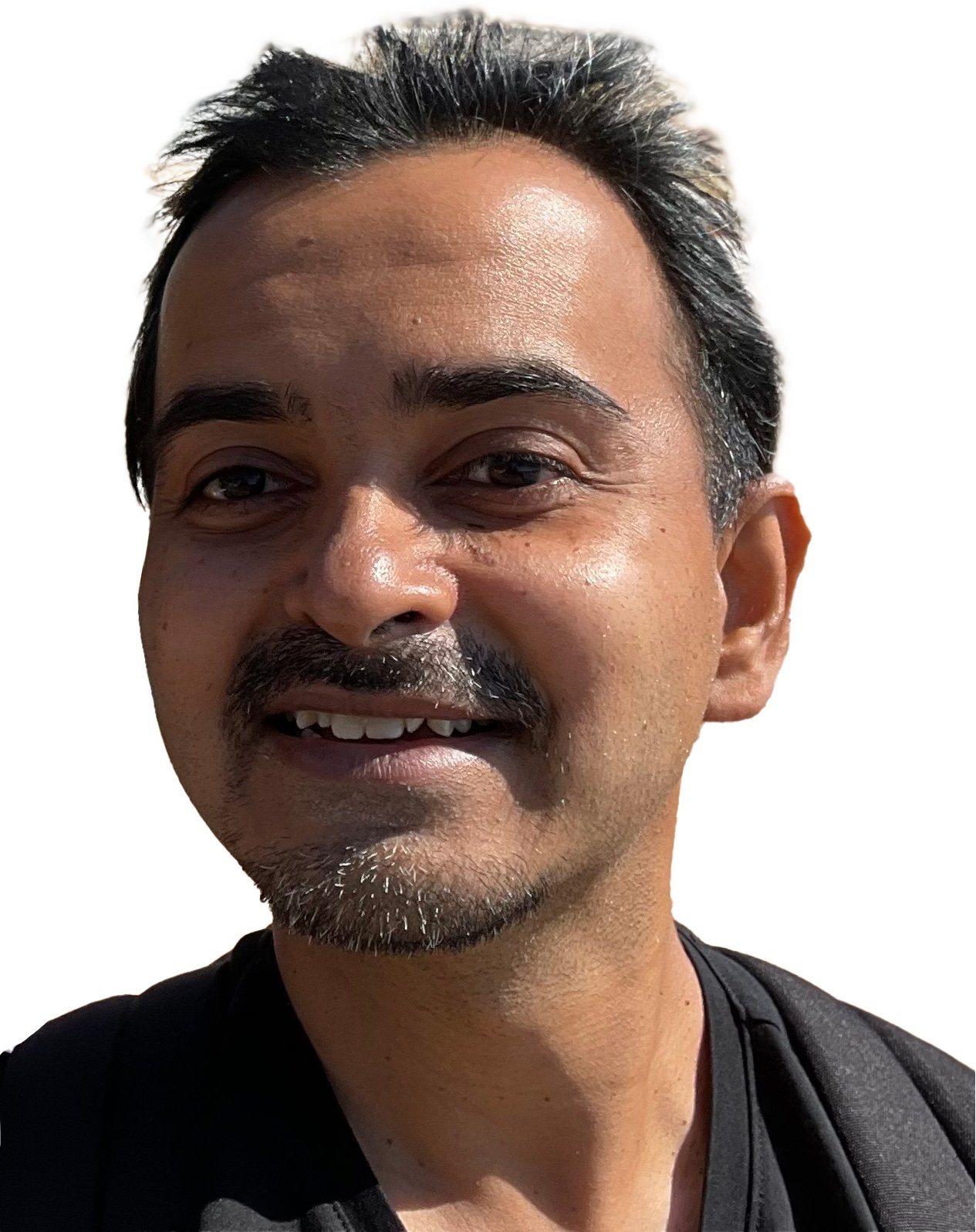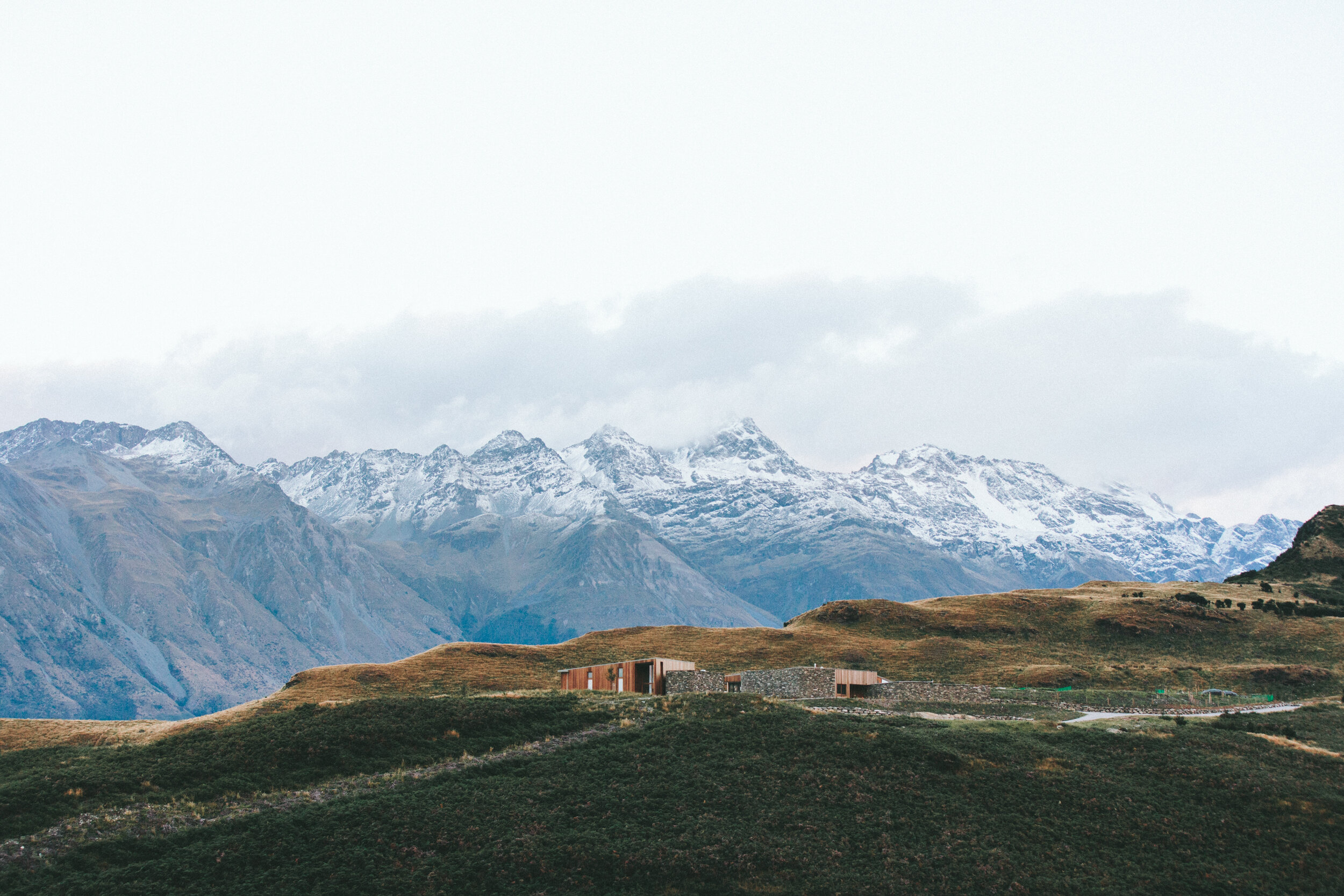
Cancer is a problem of maintaining the mechanical coordinates in self-assembly multicellular life forms
What happens before the uncontrolled cell proliferation ?
The structure of a multicellular life form is determined by the precise mechanical tension attributed to and sensed by molecular to macromolecular components of the system. The initial direction and magnitude of mechanical tensions are derived from the first plane of division of the unicellular embryo. The angle of division is determined from the position of microtubule organization center (MTOC) or centrosome. One centrosome divides into two daughter centrosomes, which travel to the opposite poles of the cell. Each of them produces filament like microtubules that anchor to the duplicated chromosomes and segregate them equally to the two poles. The mother cell now starts constricting at the middle (the equatorial region) and gradually cleaved to form two daughter cells, each containing one centrosome and one full set of chromosomes. If you are thinking what determines the position of initial centrosome and how are the daughter centrioles specifically positioned at specific opposite ends of a cell, that becomes a different subject matter of embryology and cell polarity.
Now, do these daughter cells still remain associated with each other after division or, do they move further apart? No, they do not. In an early multicellular embryo, the daughter cells, originated from the initial mother cells, remain attached to each other and the cytokinetic junction becomes the first cell-cell junctions. These contact points are further tightened by other adhesion proteins that were initially the part of cytokinesis cleavage furrow. When we label the centrosomal and cytokinetic proteins with fluorescence marker, we can see the localization of many of the centrosome and cytokinesis associated proteins to the junction. Later, the junctions integrate with (i) other adhesion proteins, (ii) extracellular matrices and (iii) post-translational modifications – to provide degrees of junctional stiffness and restriction. The directional cell division and collective mechanical tension, determines the shape of a tissue or organ (needs to be understood by experimentation). Can we apply this concept to an algorithm to develop macromolecular self-assembly systems beyond only DNA or only protein-based platforms? This is so far feasible in constructing microscopic self-assembly systems where predetermined force-coordinates or mechanical tension-based formation of next layers have largely been untouched. In cancer, the coordination of mechanical tension distribution in the tissue is disturbed, thus the shape of the tissue is dedifferentiated (loses the shape). When the precise mechanical guide is lost, the tension and positioning between centrosomes are also altered, resulting in asymmetric and /or multipolar division, leading to unequal distribution of daughter chromosomes and centrosomes to the progeny cells. Most of the progeny cells die due to unsustainable chromosomal instability, but few of the progeny cells gain advantage from the loss or gain of chromosomal fragments, so that they can survive even in less nutrient, less oxygenated environment and hostile immune surveillance. Only survival won’t let these cells attain the power of continued division, the cell cycle checkpoints also need to stop functioning. The Cyclin/Cdk complexes need to be constantly active and coordinated with DNA replication cycle. How does the mechanical tension, centrosome positioning, specific cytoskeletal organization – relate to Cyclin/Cdk complexes?
A fork-head domain containing mitotic metaphase checkpoint protein, CHFR (an E3-Ub-ligase), regulates the stoichiometry of VE-Cadherin, and thus controls the integrity/restriction of the endothelial junction.
What does the mitotic checkpoint protein do at endothelial junctions? A blinded protein array screen identified CHFR as the strongest binder to VE-Cadherin (link).
Get in touch.
It all begins with an idea. Maybe you want to launch a new project. Maybe you want to turn a idea into something more. May be you are working on it for decades and you want to show me the correct path. Or maybe you have a creative project to share with the world. Whatever it is, the way you tell your story can make all the difference.






